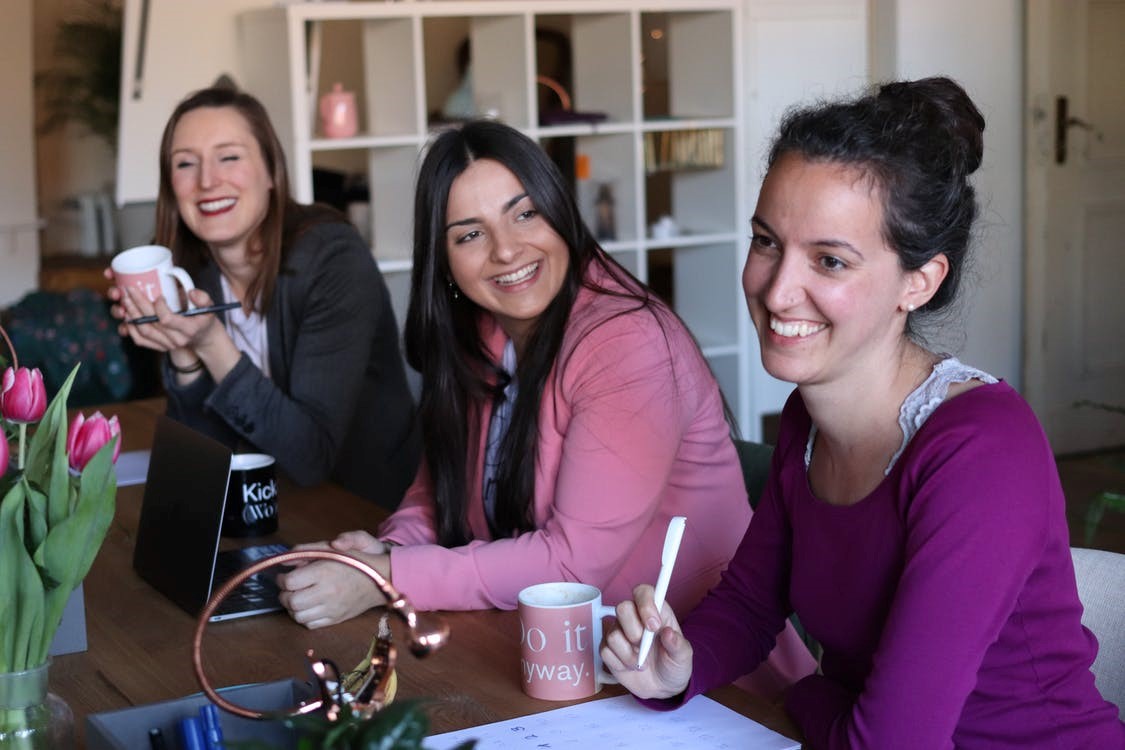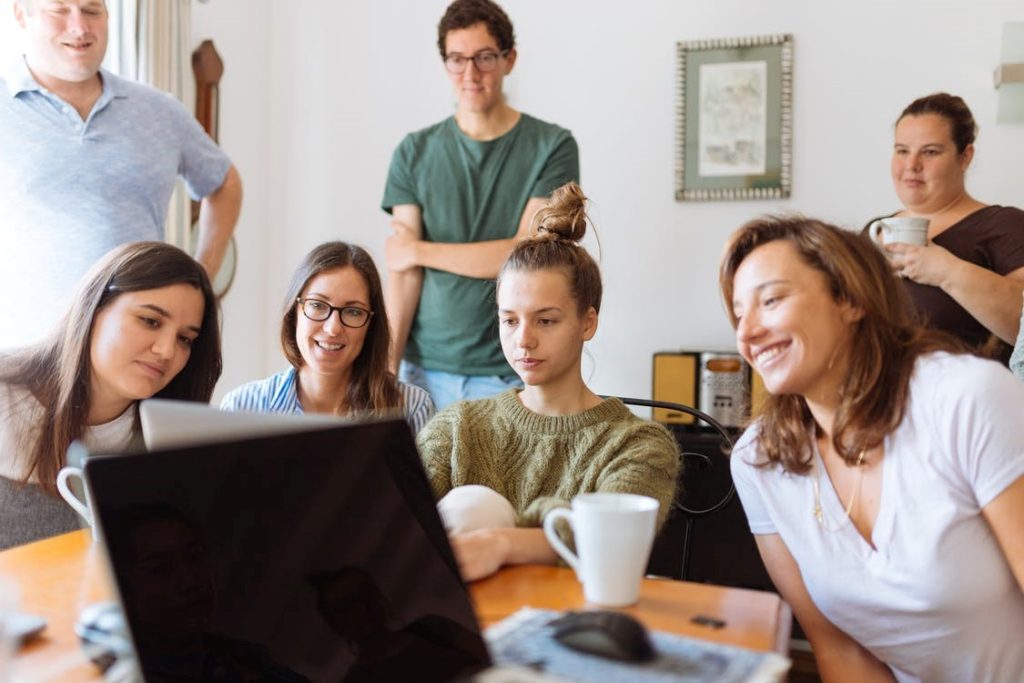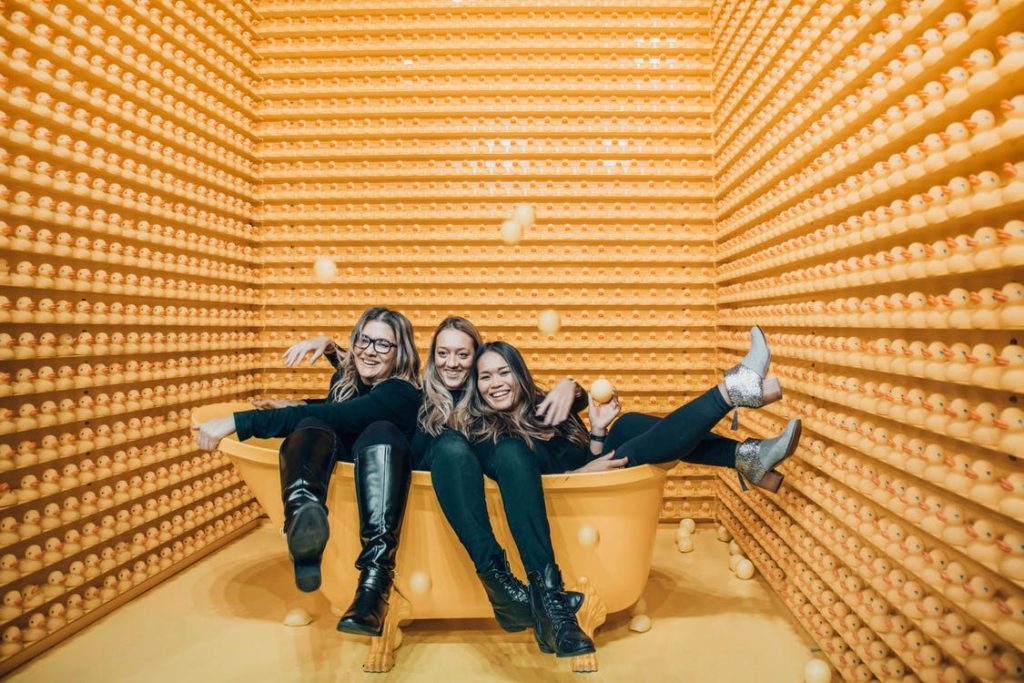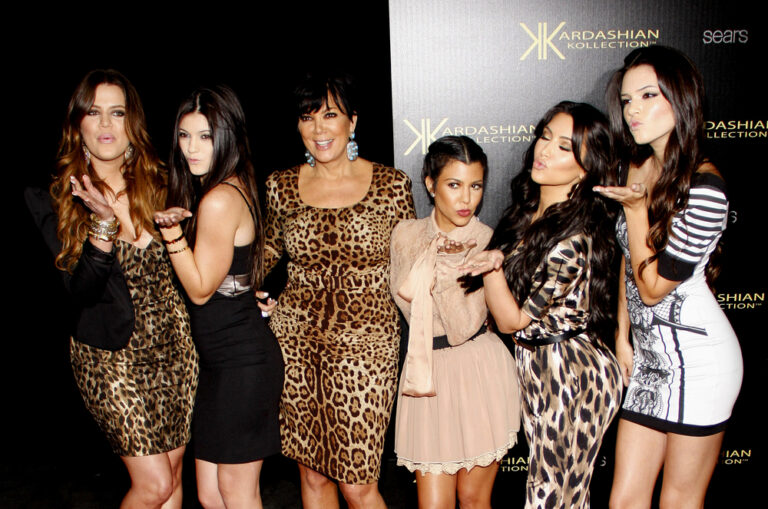
Femcompetitor.com, grapplingstars.com, fciwomenswrestling.com, fcielitecompetitor.com, CoWomen-pexels.com-photo-credit
March 17, 2021,
What is your secret?
That is what we asked one of the female members in our circle.
She seems to blend in so seamlessly with groups from different cultures, businesses, communities, genders and the list goes on.

Many seem to find it very difficult to blend in with groups other than their own. Evelyn has no problem with it.
So again, what is her secret?
She smiled and explained that every group has rules. Find out what both the written and unwritten rules are, then abide by them.

When with them, if you don’t like certain foods in their society, in front of them, eat it anyway.
She was once in Japan and yes, she squatted down on toilets instead of sitting down on ones like we do in America. She ate vegetables for breakfast when she preferred pancakes. She slept on the tatami mats on the floor without complaint.
Group after group she learned the rules of the group and adhered to them and she fit in beautifully.
The other major lesson she learned was not to complain about a person in the group to outsiders because then virtually everyone in the group feels indicted and they lose trust in you.
How are you doing in the group that you are in? Are you getting along?

Are their groups that you desire to be a part of?
If Evelyn could give you advice, before you enter that group, learn what their written and unwritten rules are and then adhere to them.
Do that and she is certain your group experience will often be a very successful and special one.
It might be wise to learn more about group dynamics.
We have a visiting female writer with some additional wonderful insights.
Please enjoy.
Groups and Individuals

What is the big deal about groups? What are the characteristics of groups? Entiativity is how coherent a group appears (Baron, Byrne, & Branscombe, 2005). Groups are characterized by roles, status, norms and cohesiveness. Roles can make people behave differently than they normally would. For instance, a woman manager behaves differently, probably in a more masculine manner, at work, than she would behave at home, in a family like group. Physical features (such as beauty and height) and behaviors help people gain status in a group. An example of this statement is the film or Hollywood industry, where beautiful actors and actresses may get a shot, even if they are not talented at acting. Another example of this statement is the corporate world. Super-tall perspective CEOs are perceived as more powerful than shorter prospects, and, often, people are more afraid of tall people. Being aware of group dynamics can guarantee a successful social life.
In addition, if members like one another, then the group is cohesive and tends to remain a group. Oddly enough, a way to gain status is to express anger. Overall, the benefits of participating into a group are: self-knowledge, enhanced status, social change and progress towards significant goals. Some costs or disadvantages of groups are: heavy demands on energy, time, and resources, and loss of personal freedom.

Groups, like friendships and other relations, need to be nurtured and cultivated. The nurturing requires money, time, and energy. Individuals leave groups when the group stops reflecting their beliefs and values. When the desire to enter a group is very strong, perspective members are willing to put themselves through painful initiations, such as for Ivy Leagues fraternities, as portrayed in several movies, such as the movie “The Social Network”, which was released last year, in 2010.
Furthermore, having an audience or co-actors can influence an individual’s or group’s performance. For instance, artists, such as dancers, or Cirque du Soleil performers, or Olympians, strenuously practice for years, to perform in front of as many people as possible. If a person knows she or he will be in front of an audience, versus alone, she or he will dress up and will have a more proper posture. Some exhibitionists may thrive from an audience. An example is the famous and touristy Hyde Park Speaker’s Corner in London, UK, where anyone can stand up in front of an audience or crowd and say whatever pleases them, whether it may be good or bad! This effect is called social facilitation-inhibition.
The drive theory says that an audience can either increase or decrease the level of performance, depending on whether dominant responses, for a certain circumstance, are correct or not. The distraction-conflict theory says that the audience induces conflicting urges to focus on the performance task and on the audience. Increased arousal could then be accompanied by short attention focus of the performers. This social facilitation occurs among animals, as well. Dogs and rabbits especially are known for having a short attention span and known for easily forgetting and easily getting distracted, which usually makes them even more endearing, though.
It is important to also point out that when several people work on the same task, social loafing can occur and the people perform worse. People tend to perform worse on simple task and better or complex tasks, in front of an audience. For instance, if a person is at a small karaoke lounge down in his or her neighborhood, then the person is likely to feel less pressure than if she or he was performing a series of songs at a stadium concert and, therefore, the person would allow room for mistakes. To eliminate social loafing, it is best to assign specific and unique individual tasks, that are important to the individual and that the individual is committed to. To maximize individual performance and to fight social loafing, it is recommended to: study alone and take tests in public, work on simple tasks in front of an audience, ensure that individual contribution can be assesses individually, work only with committed people and ensure contributions are unique, versus superfluous or redundant.

Another group characteristic is that when people are part of large crowds, their self-awareness and social identity reduce. In addition, they adopt the current norms that often allow impulsive and unrestrained behaviors. Some examples are a musical concert, and sports game at stadiums, during which there is extra police enforcement, given the likely rallying up of the crowds. In these scenarios, the offenders may think they are less likely to be caught or punished and thrive from being watched.
As far as group dynamics, cooperation is a common aspect in society. Cooperation does not always happen, even when it should, due to social dilemmas, in which some people can increase their own gains by defection. An example of social dilemma is the prisoner’s dilemma. If the two parties involved choose to cooperate or confess, versus to compete or not confess, then they receive more favorable outcomes. Cooperation is facilitated by strong reciprocity, communication and personal attitude towards cooperation.

Extroverted, versus introverted, individuals, are more likely to seek and enjoy cooperation. Some people are very competitive and live a very competitive lifestyle in all aspect of their lives. Most humans naturally tend to reciprocate, according to human evolutionary history. Creatures that cooperate have a higher chance of survival and reproduction, than creatures that do not. In summary, not always everyone pitches in to share the work. Most people have experienced responsible and hard worker people, within their groups, versus slackers or lazy ones.
On the other hand, conflict happens when an individual perceives a discrepancy or incompatibility between his or her own interest and the group’s interest. Faulty attributions, personal traits, poor communication and considering own views as objective, all can generate conflict. The most effective ways to reduce conflicts are the induction of super-ordinate goals and bargaining or negotiating. Super-ordinate goals are achieved by the cooperation of people, with individual goals that are in opposition to each other. Some examples happen in religious groups, workplace groups, and friends groups. Members could grow apart and emotionally, develop new and different needs, and/or socially mature at different rates.
What is group fairness? Group members want fairness. Fairness is evaluated as outcomes and called distributive justice. Fairness can also be evaluated as procedures and called procedural justice. Last, fairness can be evaluated as kind treatment and called transactional (interpersonal) justice. When someone feels that he or she has been mistreated, then they take actions towards re-establishing justice. Being spiritual can help to let go and trust that people do not always have to bring others to justice or become “policemen”. Life, circumstance, or the “universe”, or energy, or karma, as some people call it, can do a better job than people at restoring justice, and that way the individuals do not have to take risks in taking care of it.
Often, on the news, people hear that someone commits and crime and does not come clean in front of the authorities and gets away with the law. Years later, people hear that those same criminals got sick and died. That is an example that not everything has to be ‘eye for eye”. Sometimes, an individual has to learn that it is time to de-commit from certain individuals, groups, and/or activities. In the event that some people decides it is necessary to bring someone to justice, then some common overt actions have been protests, and some covert actions have been employee theft (employees steal from the company, to deal with perceived unfairness) or sabotage or suggestions that others deserve a more fair treatment.
It is helpful to know that some strategies to reach integrative agreement or a better outcome than simple compromise are: broadening the pie (available resources are increased), non-specific compensation (one side gets what it wants and the other party is compensated on an unrelated issue), logrolling (both parties make concessions on low-priority issues, in exchange for high priority concessions), bridging (neither side get what they originally wanted, but a third option, in both of their interests, is introduced), and, last, cost cutting (one party is satisfied and the cost to the other party is reduced). Super-ordinate goals tie, versus separate, the interests of two different parties.

What is a possible big myth about groups and individuals? It actually can be a myth that groups make better decisions than individuals, because groups can experience that group polarization effect and make more extreme decisions than individuals. Some horrible examples of this effect can be the Holocaust, and other similar, including current, war like events. Groups could also be affected by groupthink or assuming they are right and reject all other information. Groups are likely to accept criticism from in groups and reject the same criticism from out groups.
According to distributive justice or fairness, groups tend to be part of biased processing of information, to adhere to general values or reach what they want. Politics may unconsciously use distributive justice. The devil’s advocate and creating authentic dissent into groups are examples of how to improve decision making (Baron, Byrne, & Branscombe, 2005). In the devil’s advocate strategy, one person is in charge of disagreeing with the majority. This strategy forces others to re-evaluate, re-discuss and think more carefully, because people have to create a new argument, to respond to the devil’s advocate criticism.
The authentic dissent is like the devil’s advocate, except that no one in particular is assigned the role of disagreeing, but one or more people simply start disagreeing with the majority. In conclusion, groups are necessary for a healthy socio-emotional human development. Being aware of the group dynamics explained above, can guarantee a successful social life.
References
Baron, R. A., Byrne, D. R., & Branscombe, N. R. (2005) Social Psychology. Boston, MA: Allyn & Bacon.
Dr Elena Pezzini
Ph.D. Industrial Organizational Psychologist
Certified Life, Business & Finance Coach
#1 Best-Selling & Business Heroine Magazine Author
http://www.YouHaveGotThePower.com
Article Source: https://EzineArticles.com/expert/Dr_Elena_Pezzini/893704
Article Source: http://EzineArticles.com/6212709
https://ezinearticles.com/?Groups-and-Individuals&id=6212709
https://www.fcielitecompetitor.com/
https://fciwomenswrestling.com/
OPENING PHOTO Femcompetitor.com, grapplingstars.com, fciwomenswrestling.com, fcielitecompetitor.com, CoWomen-pexels.com-photo-credit



